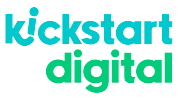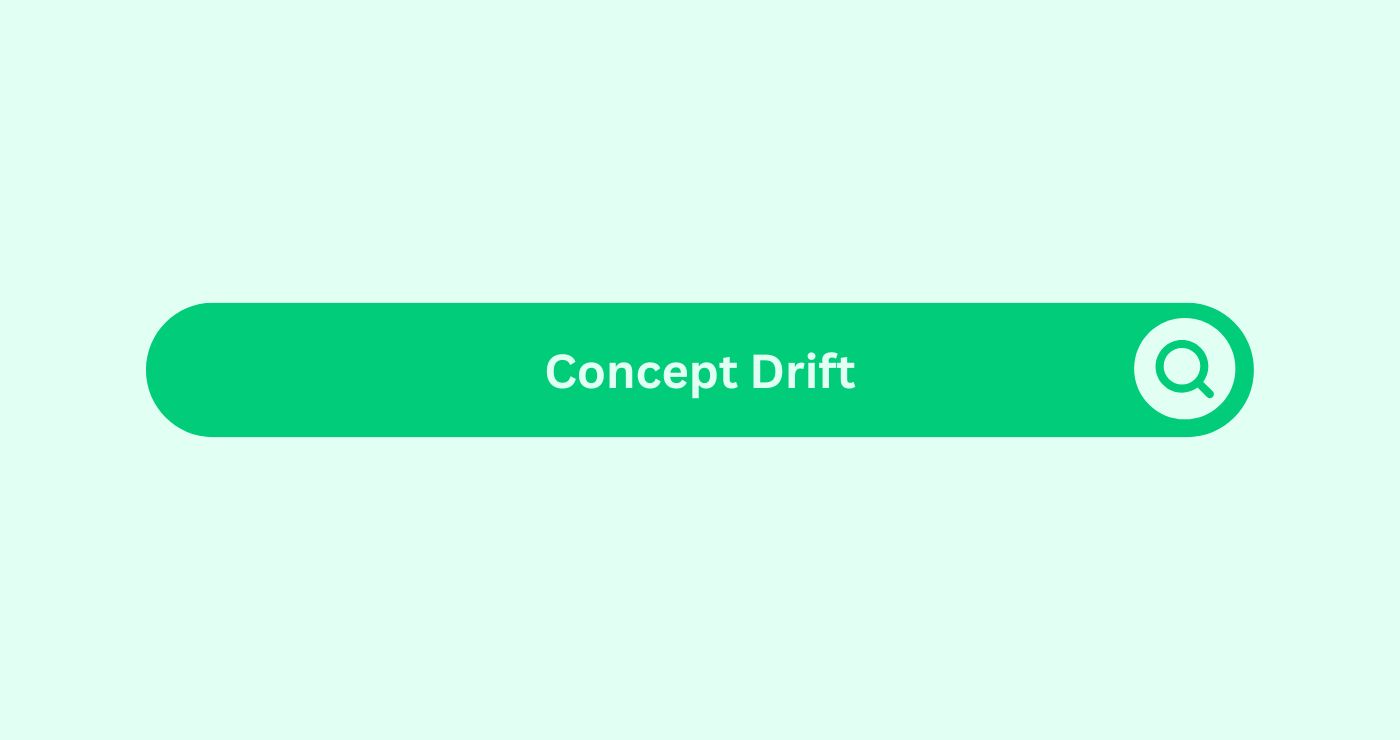Definition
Concept Drift refers to the phenomenon where the underlying patterns in data change over time, causing AI or machine learning models to become less accurate or relevant. In digital marketing, concept drift shows up when user behaviourDefinition What is User Behaviour in Social Media Marketing?..., trends, or platform algorithms shift—leading to performance drops in targeting, recommendations, or content strategyDefinition Content strategy involves planning, creating, pub....
For a performance marketing agency, concept drift can impact ad performance when historical data no longer reflects current customer intent. For instance, the same keywordsDefinition Keywords are crucial for SEO success as they conn... or creatives that once converted well might suddenly underperform due to changing market behaviour. An SEO company may notice that evergreen contentDefinition Evergreen Content refers to content that remains ... loses trafficDefinition In the context of SEO (Search Engine Optimisation... because search intent evolves or ranking factors shift. Digital marketing Auckland teams must watch for subtle shifts in audienceDefinition The term "Audience" refers to the group of indivi... behaviour, especially in fast-changing verticals like e-commerce or travel.
To manage concept drift, marketers rely on regular data monitoring, AI retraining, and agileDefinition Agile is a project management methodology that em... strategy updates. Using feedback loops, AI models can adapt quickly to reflect the latest behavioural trends, content preferences, or seasonal dynamics—keeping campaigns relevant and profitable.
Real-World Example:
A digital marketing agency Auckland builds a high-converting landing page for a local finance client. For months, engagementDefinition Engagement in content marketing refers to the deg... is strong. Suddenly, bounce rates rise and conversions drop. Upon review, the team realises the audience’s needs shifted post-budget announcement. The AI-powered personalisationDefinition Personalisation refers to the process of tailorin... engine, trained on old data, failed to adapt—classic case of concept drift. After retraining the model with recent data, engagementDefinition Engagement in content marketing refers to the deg... recovers.
AI’s Role in Tracking Drift:
Modern AI tools detect performance anomalies and flag segments where old assumptions no longer apply. This is critical for personalisationDefinition Personalisation refers to the process of tailorin... models, recommender systemsDefinition Recommender Systems are AI-driven engines that an..., and automated content targeting.
RelevanceDefinition In SEO, relevance refers to the degree to which a... to SEO & Paid:
In SEO, concept drift impacts keyword relevanceDefinition In SEO, relevance refers to the degree to which a..., content freshness, and user journey alignment. In paid campaigns, outdated lookalike audiences or targeting models can waste budgetDefinition SEO budget is the money allocated for marketing a... quickly if behaviour shifts go unnoticed.
Various Types
| Drift Type | Description | Example |
|---|---|---|
| Sudden Drift | Abrupt behavioural change | Pandemic shifts purchase behaviour |
| Gradual Drift | User intent evolves slowly over time | Shift from “buy now” to “learn more” CTRs |
| Recurring Drift | Behaviour changes seasonally or cyclically | Back-to-school, festive shopping trends |
| Incremental Drift | Slow, ongoing change in habits | Reduced email open rates over years |
Key Takeaways
- Concept drift happens when behaviour or data patterns change, making old strategies obsolete.
- SEO companies monitor drift to keep content aligned with evolving search intent.
- Performance marketing agencies retrain AI models often to avoid audienceDefinition The term "Audience" refers to the group of indivi... mismatch.
- AI tools help detect drift early—preventing costly lags in campaignDefinition An SEO campaign involves focused, Organised effor... optimisation.
- For digital marketing Auckland teams, drift-aware strategies ensure long-term relevanceDefinition In SEO, relevance refers to the degree to which a....
FAQs
What is concept drift in digital marketing models?
Concept drift occurs when user behaviourDefinition What is User Behaviour in Social Media Marketing?... changes, reducing model accuracy or performance.
How does concept drift affect SEO content strategies?
Concept drift causes content to lose relevanceDefinition In SEO, relevance refers to the degree to which a... as search intent and ranking signals evolve.
Why is concept drift a problem for performance marketing agencies?
It weakens targeting accuracy, leading to lower ROI from ad spend and conversions.
How can digital marketing agency Auckland teams detect concept drift?
They use analyticsDefinition In SEO, analytics involves collecting, measuring,... tools and AI feedback loops to monitor behaviour shifts in real time.
Can AI tools adapt to concept drift automatically?
Yes, many AI platforms retrain models or adjust recommendations when drift is detected.




